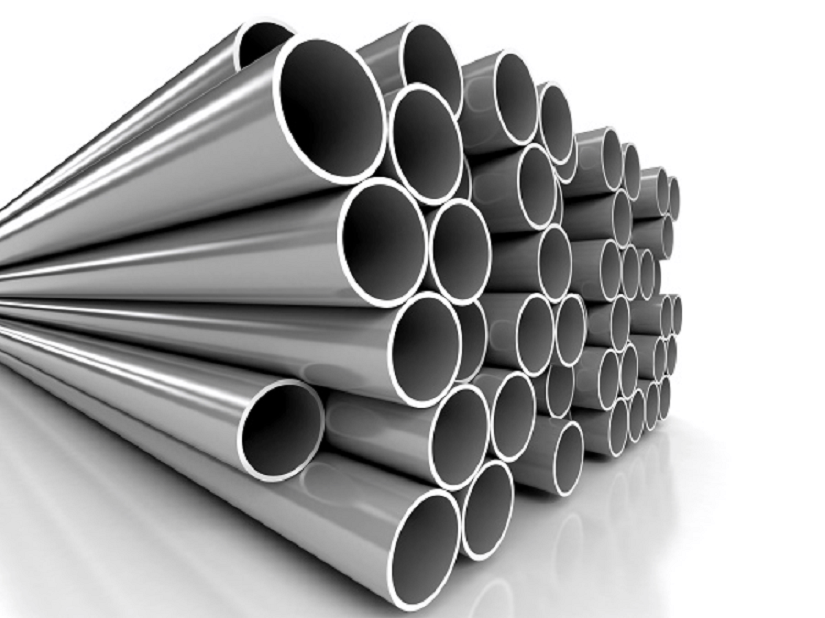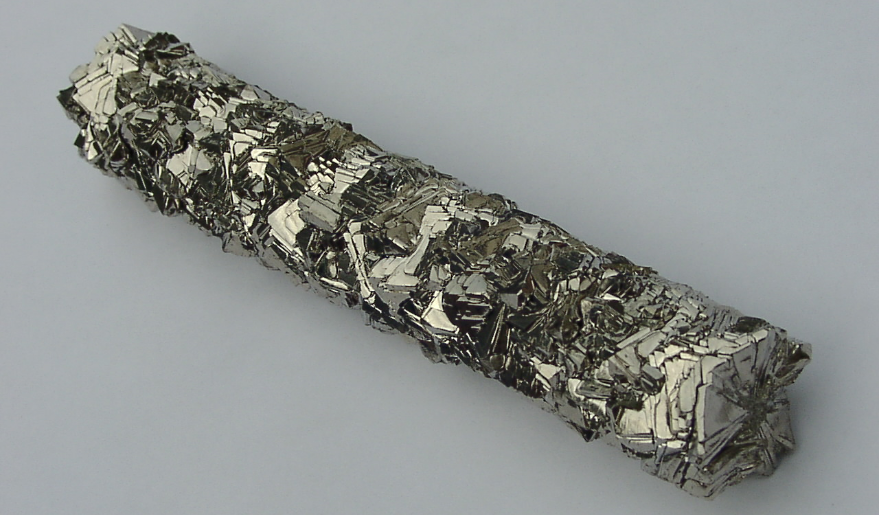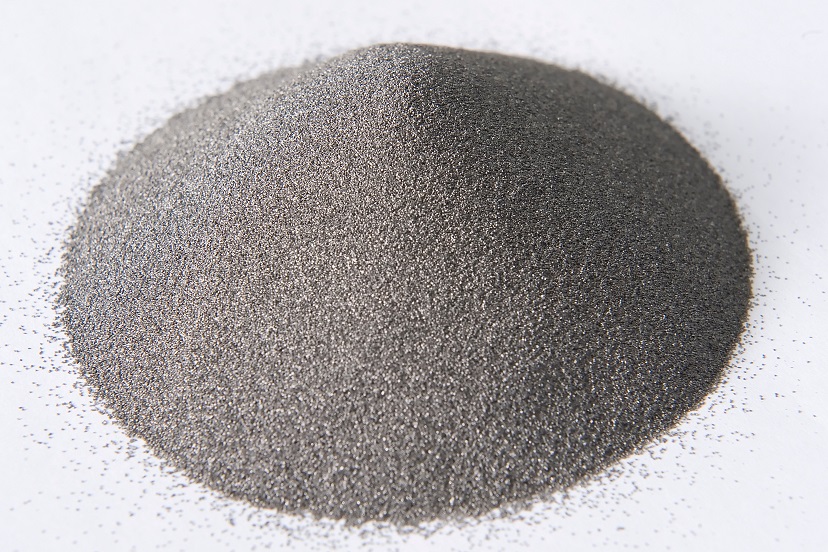Chemical Properties of Titanium

Chemical Properties of Titanium
Titanium is an important metal developed in the 1950s. Because of its excellent physical and chemical properties, many countries in the world have successively researched and developed it. At present, titanium is widely used in aviation, aerospace, chemical, petroleum, power, medical, construction, sports goods, and other fields. In this article, we'll take a look at the chemical properties of titanium.

Chemical Properties of Titanium
Chemical Properties of Titanium - The Chemical Reaction
At higher temperatures, titanium can react with many elements and compounds. Various elements can be divided into four categories according to their different reactions with titanium:
The first category: halogen and oxygen group elements and titanium form covalent and ionic bond compounds;
The second category: transition elements, hydrogen, beryllium, boron group, carbon group, and nitrogen group elements and titanium generate intermetallic compounds and limited solid solutions;
The third category: zirconium, hafnium, vanadium group, chromium group, scandium, and titanium generate infinite solid solutions;
The fourth category: inert gases, alkali metals, alkaline earth metals, rare earth elements (except scandium), actinium, thorium, etc. do not react or basically do not react with titanium.
Chemical Properties of Titanium - The Reaction of Titanium with Some Compounds
1. HF and Fluoride
Hydrogen fluoride gas reacts with titanium to form TiF4 when heated, and the reaction formula is Ti + 4HF = TiF4 + 2H2 + 135.0 kcal.
The non-aqueous hydrogen fluoride liquid can form a dense titanium tetrafluoride film on the titanium surface, which can prevent HF from immersing into the titanium.
Hydrofluoric acid is the strongest solvent of titanium. Even 1% hydrofluoric acid can react violently with titanium: 2Ti + 6HF = 2TiF3 + 3H2.
2. HCI and Chloride
Hydrogen chloride gas can corrode titanium, and dry hydrogen chloride reacts with titanium to form TC4 when the temperature is higher than 300 ° C: Ti + 4HCl = TiCl4 + 2H2 + 94.75 kcal.
Hydrochloric acid with a concentration of less than 5% does not react with titanium at room temperature, and 20% hydrochloric acid reacts with titanium at room temperature to produce purple TiCl3: 2Ti+6HCl=2TiCl3+3H2.
When the temperature increases, even dilute hydrochloric acid will corrode titanium. Various anhydrous chlorides, such as magnesium, manganese, iron, nickel, copper, zinc, mercury, tin, calcium, sodium, barium, and NH4 + ions and their aqueous solutions, do not react with titanium, so titanium in these chlorides has good stability.
3. Sulfuric Acid and Hydrogen Sulfide
Titanium has an obvious reaction with 5% sulfuric acid. At room temperature, about 40% of sulfuric acid has the fastest corrosion rate for titanium. When the concentration is 40% -60%, the corrosion rate becomes slower, but when the concentration reaches 80%, the corrosion rate reaches the fastest again. Heated dilute acid or 50% concentrated sulfuric acid can react with titanium to produce titanium sulfate: Ti+H2SO4=TiSO4+H2, 2Ti+3H2SO4=Ti2(SO4)3+3H2.

4. Nitric Acid and Aqua Regia
The dense titanium with a smooth surface has good stability to nitric acid because nitric acid can quickly form a strong oxide film on the surface of the titanium. But titanium with a rough surface, especially sponge titanium or powder titanium, can react with hot dilute nitric acid: 3Ti+4HNO3+4H2O=3H4TiO4+4NO, 3Ti+4HNO3+H2O=3H2TiO3+4NO.
Concentrated nitric acid can also react with titanium when it is higher than 70 ℃: Ti+8HNO3=Ti(NO3)4+4NO2+4H2O.
At room temperature, titanium does not react with aqua regia. At high temperatures, titanium can react with aqua regia to form TiCl2: Ti+8HNO3=Ti(NO3)4+4NO2+4H2O.
In a word, the chemical properties of titanium have a very close relationship with temperature, its existing form, and purity.
Conclusion
Thank you for reading our article, and we hope it can help you to have a better understanding of the chemical properties of titanium. If you want to know more about titanium and other refractory metals, you can visit Advanced Refractory Metals (ARM) for more information.
Headquartered in Lake Forest, California, America, Advanced Refractory Metals is one of the leading manufacturers & suppliers of refractory metals around the world. We bring our customers high-quality refractory metal products like tungsten, molybdenum, tantalum, rhenium, titanium, and zirconium at a very competitive price.
{{item.content}}
LEVE A REPLY
{{item.children[0].content}}
{{item.content}}






